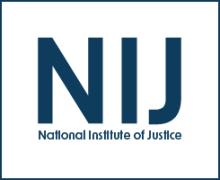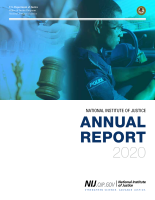Law enforcement
National Institute of Justice Annual Report 2020
Datacasting In The Mobile Environment
Rural Violent Crime Reduction Initiative Solicitation Webinar
Injury patterns of less lethal kinetic impact projectiles used by law enforcement officers
An undergraduate research in computer forensics
FY 2023 Matthew Shepard and James Byrd, Jr. Hate Crimes Program Webinar
Leadership Institute to Combat Human Trafficking
St. Petersburg, FL
VALOR Mid-Level Leadership Workshop
Lansing, MI
VALOR Mid-Level Leadership Workshop
Waukesha, WI
VALOR Executive Leadership Workshop
Waukesha, WI
VALOR Executive Leadership Workshop
Dearborn, MI
Assessing Risk of Terrorist Acts by Looking at Location Data and Demographic and Social Characteristics
VALOR Train-the-Trainer Workshop
Montgomery, AL
Survive & Thrive
Montgomery, AL





